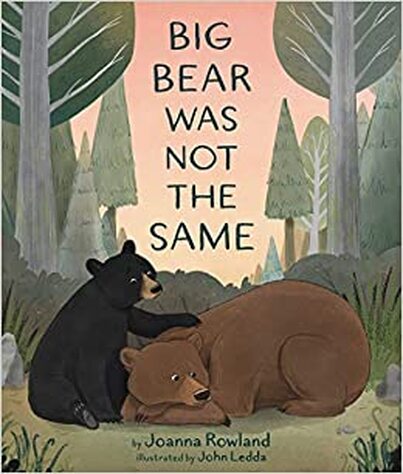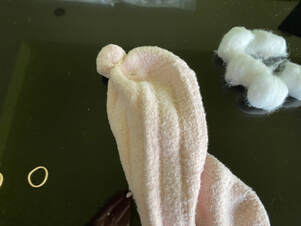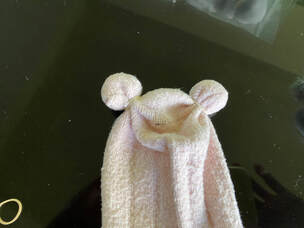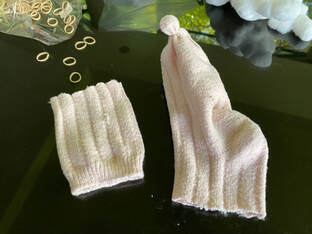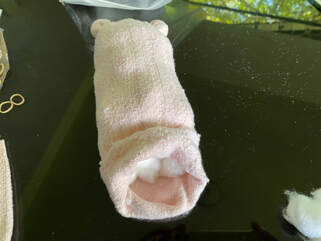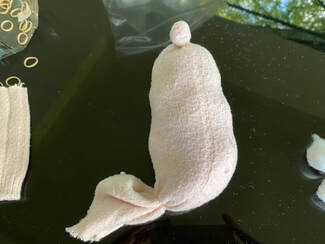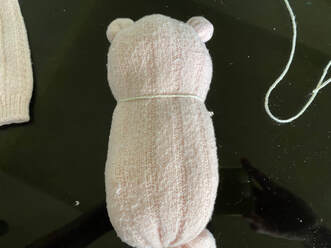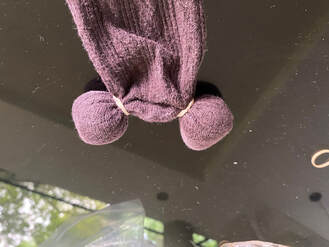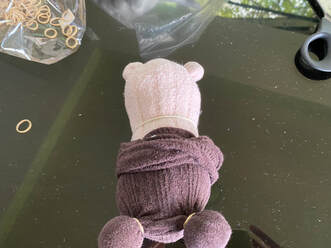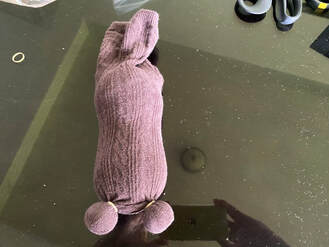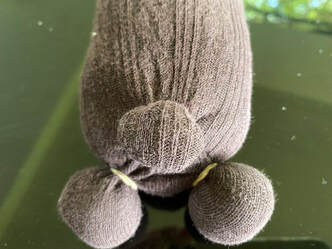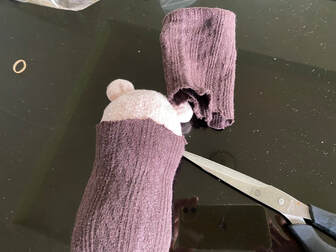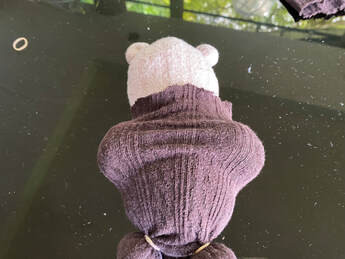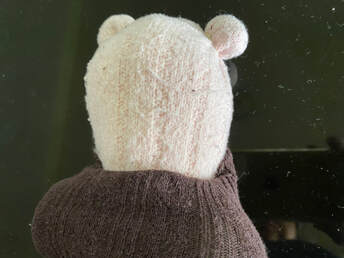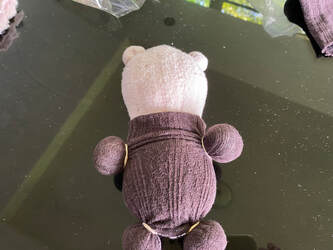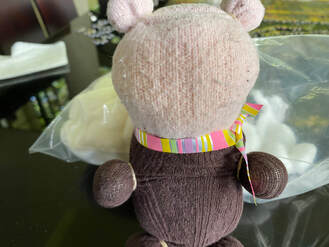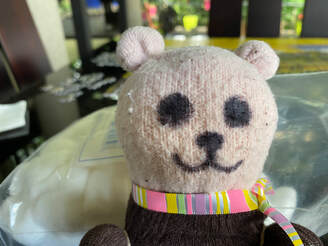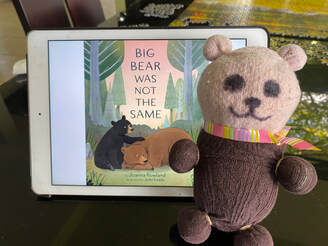A Book Review of Big Bear Was Not The Same
The main factors that determine the intensity of a child's response are: 1. Severity of the event 2. Proximity to the event 3. Caregivers reactions/response 4. Prior history of trauma 5. Extent of family/community/cultural connections Focusing on #5 above, supportive relationships and community connections serve as the main buffer to a traumatic incident. Children who have healthy support systems fare much better during a traumatic event and in the aftermath, than do their peers who lack connections. As humans (and animals), there is a common response to how we react in moments of intense fear - Flight, Fight or Freeze. These responses are for self-preservation as they force us to act when faced with danger. Joanna Rowland sensitively walks children through this process in her latest creation, Big Bear Was Not the Same. This book is useful for all of us, but is especially helpful for kids who have, or know someone who has, experienced trauma. Friendship and empathy are also strong themes in this story. Ms. Rowland created loveable and relatable characters in Big Bear and Little Bear, who are best friends. Big Bear experienced a very scary event - a forest fire. After that, Little Bear noticed that Big Bear was not the same. Big Bear had always loved adventure and was so brave. But now, he didn't want to do many things as he thought they were too dangerous. After a scary event, sometimes the Flight, Fight or Freeze response doesn't shut off like it should, which leads to ongoing physical and mental reactons to the past trauma. Big Bear started reacting with fight, flight or freeze whenever he experienced a reminder of the fire. His senses triggered a reaction as they reminded him of the scary thing that happened. After he heard a loud noise, he ran away - the flight response. When he saw something that reminded him of the fire, he let out a huge ROAR that scared little bear and the other animals- the fight response. When he smelled a campfire, Big Bear froze - the freeze response. His behaviors confused and scared Little Bear as Big Bear was always big and brave. How could he be so scared? Little Bear tried many things to cheer up his friend, but was unsuccessful. Until, Little Bear realized that it was the fire that had changed Big Bear. Once he acknowledged how scary that must have been for his friend, Big Bear was able to talk about it. Little Bear reassured Big Bear that it was okay to be scared sometimes and that he would stay by his side. This connection, acknowledgement of the trauma and reassurance was exactly what Big Bear needed to start to heal. The illustrator, John Ledda, played a big role in making the characters loveable, as they are the perfect mix of realistic and adorable. The earthy, muted colors add a feeling of warmth to the story. The intense feelings of both bears are expressed beautifully through the illustrations and assist the reader in feeling deep empathy for them. Also, check out the backmatter at the end of the book about trauma, which is an excellent resource. If you wish to purchase this book, or other mental health related selections by this author, check out her website HERE! An Activity Idea for Big Bear Was Not the SameIt's very helpful to initiate a discussion after reading the book to assist the child in opening up about their trauma(s). This can also serve to help them understand their own responses and behaviors. Have the child draw a picture of a very scary thing that happened to them. Then ask the following questions about the picture: 1. When did that happen/How old were you? 2. Where were you when that happened? 3. What did you do when it happened? Do you think your responded by Flight, Fight or Freeze? 4. Was someone there to help you? If so, who? 5. When it happened, what do you remember seeing, hearing, smelling, tasting and/or feeling? 6. Remember that bear kept reacting even after the bad thing was over? Does that ever happen to you? 7. What helps you feel better when this happens? 8. Always provide much support and acknowledgement by saying "I'm really sorry that happened to you." Materials Needed: -old pair of socks; can be mix-matched like mine below! -cotton balls -elastic band hair ties -Small piece of string -scissors - colorful ribbon -fabric or permanent black marker
5 Comments
|
Follow me on Twitter, Pinterest and LinkedIn
Categories
All
|
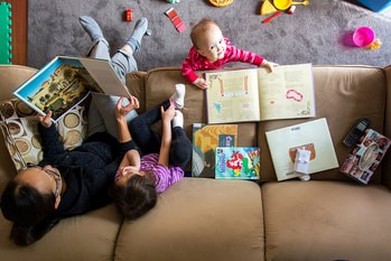
 RSS Feed
RSS Feed
